Have you ever asked yourselves how Bulgaria can preserve its historical wealth in details? We live in times of digital technologies which provide many new opportunities.Recently, the Regional Museum of History in Ruse presented the results of the project named Interactive Visualization of Ancient Roman Cultural Heritage in the Trans-border Region between Bulgaria and Romania-ARCHIVE. It is financed by the European Regional Development Fund under the European Territorial Cooperation programme. Angel Kanchev University of Ruse is the main contractor of the project. It cooperates with the Regional Museum of History and the Museum of National History and Archaeology in Constanta, Romania.
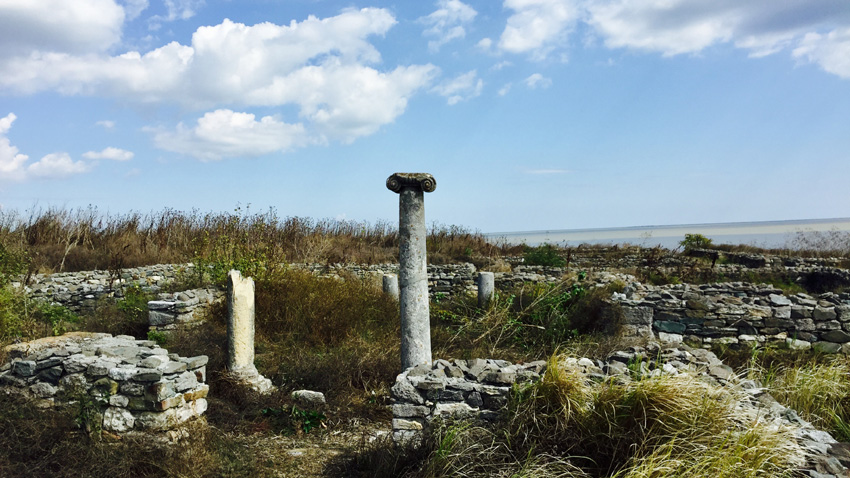
Associate Professor Plamen Zahariev who works as coordinator of ARCHIVE project at the University of Ruse told Radio Bulgaria details about the technical equipment used for the 3D visualization of the Roman fortresses:
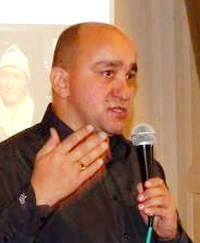 “The project aims at creating a new and modern interactive environment with the assistance of the information technologies. The visualization of the ancient Roman fortresses will be achieved through modern methods of digitization. The objects will be photographed with digital cameras and video cameras which have similar characteristics to the ones used in the Hollywood film productions. The whole information will be digitized. We are also to create three-dimensional models and purchase drones for that project which will also take photos of those objects. The reconstruction of the fortresses will be based on photogrammetric methods and all fortresses will be printed by 3D printers. Those real samples will be displayed in exhibitions in museums in Ruse and Constanta. We may use Google's example, in order to launch virtual trips and panoramic photos of the most interesting sites in Bulgaria and Romania.”
“The project aims at creating a new and modern interactive environment with the assistance of the information technologies. The visualization of the ancient Roman fortresses will be achieved through modern methods of digitization. The objects will be photographed with digital cameras and video cameras which have similar characteristics to the ones used in the Hollywood film productions. The whole information will be digitized. We are also to create three-dimensional models and purchase drones for that project which will also take photos of those objects. The reconstruction of the fortresses will be based on photogrammetric methods and all fortresses will be printed by 3D printers. Those real samples will be displayed in exhibitions in museums in Ruse and Constanta. We may use Google's example, in order to launch virtual trips and panoramic photos of the most interesting sites in Bulgaria and Romania.”
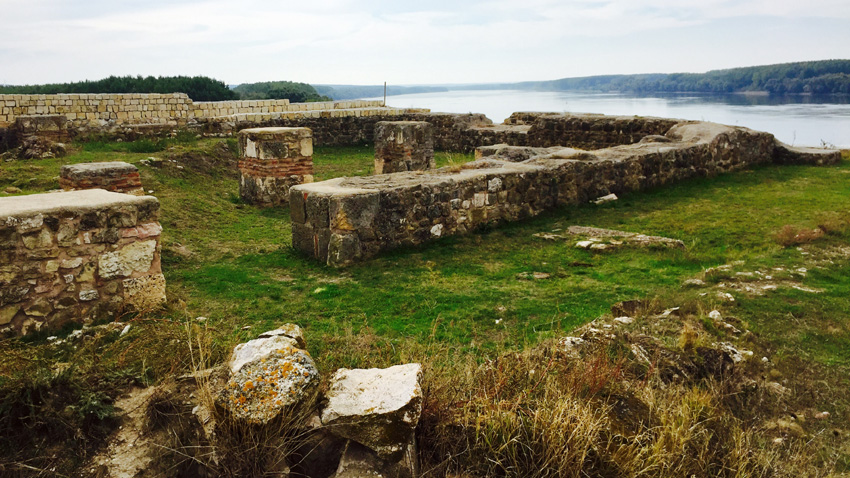
What is the historical significance of that project and what are the fortresses that will be reproduced in 3D? We are talking about a different attitude towardsRoman heritage with a focus on sites situated near the Danube River, which was once the border of the Roman Empire. The project envisages explorations and studies of fortresses near that river, in order to determine their historical significance and how those sites currently contribute to the development of tourism.
The Romans left us multiple fortresses, towns and sanctuaries. Here is what Director of the Regional Historical Museum in Ruse Nikolay Nenov told Radio Bulgaria:
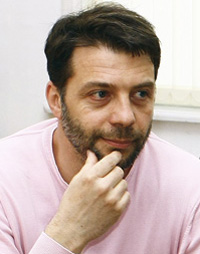 “Some Bulgarian archaeological sites are very popular such as the Roman Legion Campand Military Hospital Novae in Svishtov. This year we found a villa with a well-preserved heating installation. The remains of the Roman military castle Dimum near Belene are also situated nearby. Some of that fortress is now underwater and it has not been fully explored yet. Yatrusis the nearest fortress east of Svisthtov. It is situated right at the mouth of Yantra River. That fortress has been explored for over 40 years. German and Bulgarian teams explored jointly Yatrus fortress. Sexaginta Prista Roman fortress and museumnear the city of Ruse was also included in the project.The remains of the ancient Roman fortress Trimamium near the village of Mechka is also situated nearby. We should also mention Durostorum fortress near Silistra, which was once among the biggest Ancient Roman cities. Many ancient coins were minted at the wonderful basilicas in Durostorum during the Christian Period. Abritus archaeological reserve near Razgrad counterpoints all abovementioned ancient cities. It is a city typical of the Roman Empire.”
“Some Bulgarian archaeological sites are very popular such as the Roman Legion Campand Military Hospital Novae in Svishtov. This year we found a villa with a well-preserved heating installation. The remains of the Roman military castle Dimum near Belene are also situated nearby. Some of that fortress is now underwater and it has not been fully explored yet. Yatrusis the nearest fortress east of Svisthtov. It is situated right at the mouth of Yantra River. That fortress has been explored for over 40 years. German and Bulgarian teams explored jointly Yatrus fortress. Sexaginta Prista Roman fortress and museumnear the city of Ruse was also included in the project.The remains of the ancient Roman fortress Trimamium near the village of Mechka is also situated nearby. We should also mention Durostorum fortress near Silistra, which was once among the biggest Ancient Roman cities. Many ancient coins were minted at the wonderful basilicas in Durostorum during the Christian Period. Abritus archaeological reserve near Razgrad counterpoints all abovementioned ancient cities. It is a city typical of the Roman Empire.”
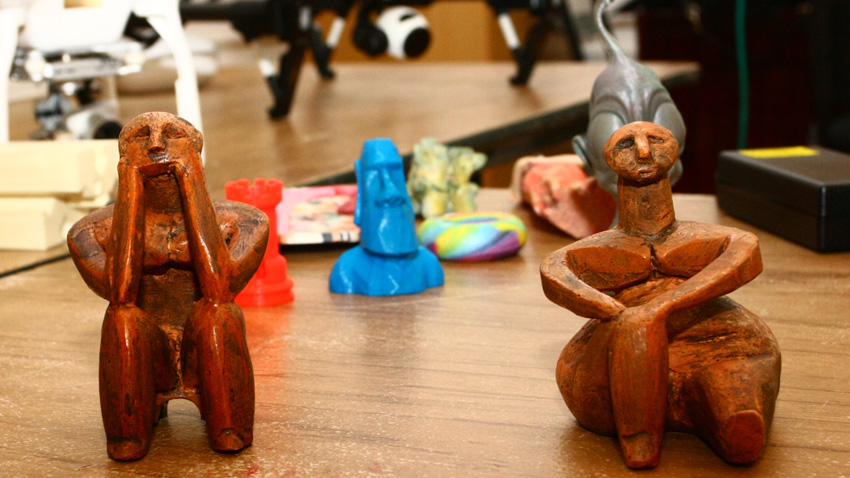
The main purpose of the project is to find important cultural, historical and tourist points near Danube, regardless of their stage of exploration and preservation. Unfortunately, most roads leading to the abovementioned sites are in bad condition and the access to those places is very difficult. It is worth mentioning that those Roman fortresses are part of the Pan-European culture. The modern European civilization is based on ancient Roman and ancient Greek culture and we should not forget that we are also part of it.
English version: Kostadin Atanasov
Photos: thesite.bg and uni-ruse.bgThe Bulgarian national minority in Albania is one of the largest in the country, according to data from the latest official population census. A total of 7,057 individuals identified as Bulgarians. For comparison, 23,000 people identified as Greeks,..
From today, residents of Stara Zagora, young and old, can send their letter to Santa Claus. A letterbox has been set up in the foyer of the city's State Puppet Theatre to collect messages for Father Christmas. The cultural institution guarantees that..
A Christmas tree with Bulgarian decorations has been placed in a central location at the Griffin Museum of Science and Industry in Chicago. For the fifth consecutive year, Bulgarians living in Chicago crafted the lavish decoration of the Bulgarian..
For the 30th consecutive year, the Bulgarian Posts organize a contest for the most beautiful letter to Santa Claus. Letters must be sent by 18..

+359 2 9336 661
